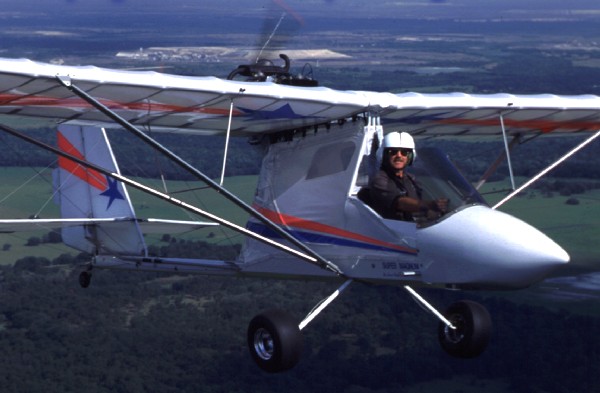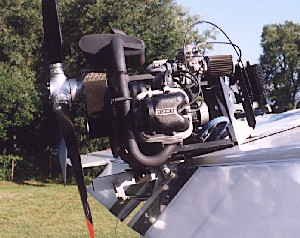
Among the aircraft produced by Sport Flight Aviation are the tandem 2-seat Talon XP, the Talon Magnum single-seater, and our plane for this test, the single-seat Talon Super Magnum. The energized version comes from the substantial 80-hp twin-cylinder 4-stroke engine that pushes the single-seater aloft with an enthusiasm that is truly inspirational. Published in Light Sport and Ultralight Flying Seating Single-seat Empty weight 494 pounds Gross weight 1,056 pounds Wingspan 29 feet 6 inches Wing area 156 square feet Wing loading 6.8 pounds/sq ft Length 21 feet 9 inches Height 6 feet 4 inches Fuel Capacity 10 gallons Kit type Assembly Build time 130-150 hours Standard engine Verner SVS-1400 4-cycle Power 80 hp at 5,000 rpm Power loading 13.2 pounds/hp Cruise speed 76 mph at 3,900 rpm Never exceed speed 110 mph Rate of climb at gross 1,000 fpm Takeoff distance at gross 170-200 feet Landing distance at gross 300 feet Standard Features 3-position flaps, rudder trim, steerable tailwheel with takeoff/landing lockout, 4130 chromoly steel landing gear, streamlined struts, windscreen, nose fairing, instrument panel, 4-point shoulder harness pilot restraint, aluminum wheels, padded seat, cargo area.











